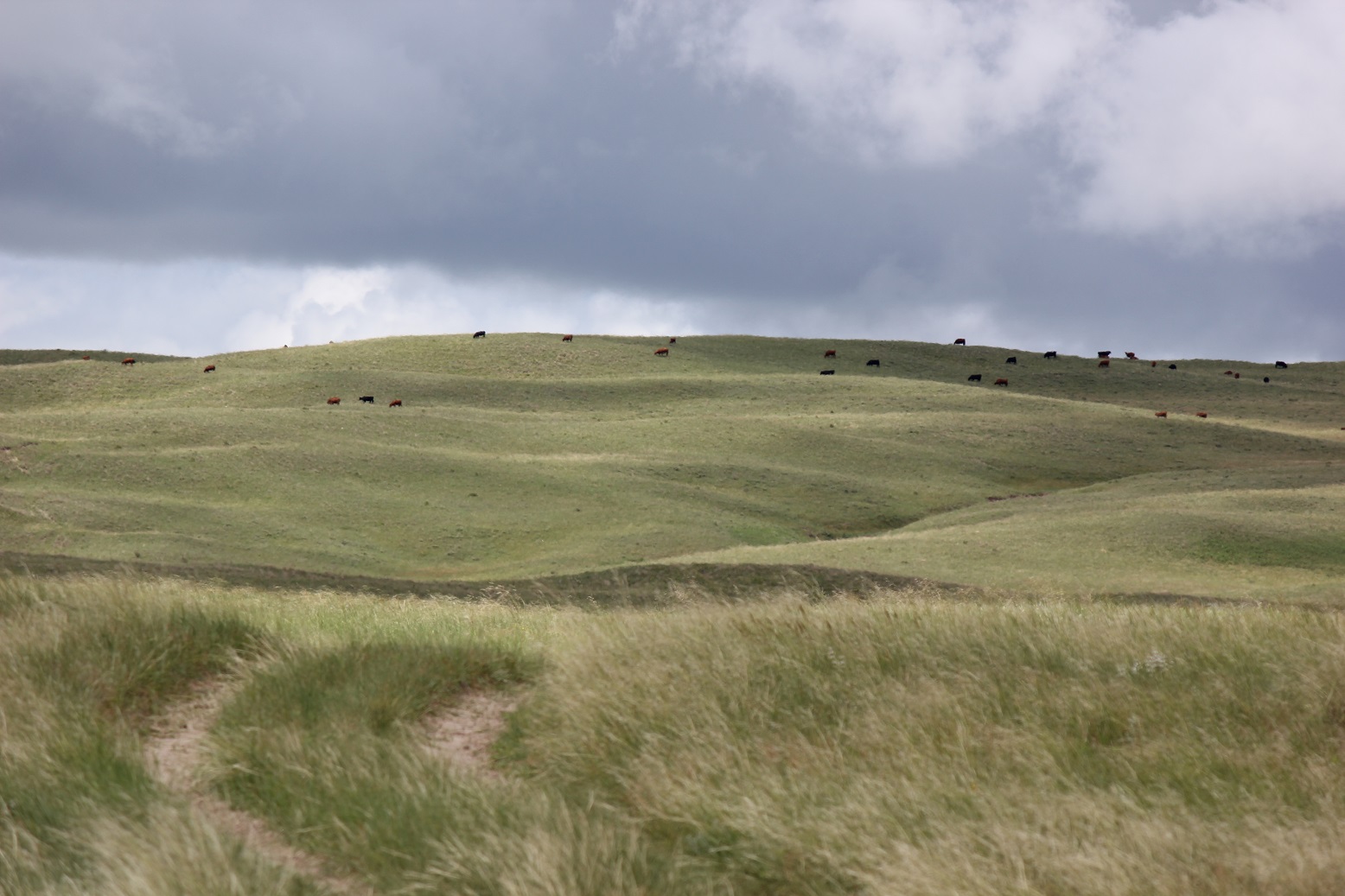Pasture Rangeland Forage Insurance Sign up Deadline has moved to December 1

Listen to a discussion of the content in this article on this episode of the BeefWatch podcast. You can subscribe to new episodes in iTunes or paste http://feeds.feedburner.com/unlbeefwatch into your podcast app.
The USDA Risk Management Agency recently announced that it has moved the sign up deadline back to December 1 from the historic date of November 15 for Pasture Rangeland Forage (PRF) Insurance. Producers now have an additional two weeks to work with their crop insurance agents to make insurance plans for the 2022 year. The PRF Insurance program uses a rainfall index model based on weather data (precipitation) collected and maintained by the NOAA's Climate Prediction Center to determine losses and trigger indemnities. The index reflects how much precipitation is received relative to the long-term average for a specified grid area during a given two-month time frame.
Factors Affecting Insurance Premiums
Insurance premiums and indemnities are based on the level of coverage (70% - 90%) and level of production (60% - 150%) selected by the producer.
Producers can insure their land for either grazing or for haying. For land that is insured for haying, forage production must come from perennial forages such as grass or alfalfa. Annual forages are not eligible under this program. Land insured for haying has a higher premium than grazing land as a higher level of forage production is expected.
Producers using this insurance will need to choose the time periods throughout the year for which they wish to insure. There is more information and a decision support tool on the PRF Decision Support Tool website.
Using this tool provides some insights.
- Assuming the decision support tool is accurate, the purchase of Pasture Rangeland Forage Insurance for precipitation in the spring/summer of the year would have been a paying proposition for most producers over the last 30 years.
- Insuring time periods when precipitation has the greatest impact on rangeland forage production best matches precipitation variability with forage production risk.
Factors to Consider in Evaluating the Use of PRF Insurance
The following are things to know when evaluating this insurance as a possible risk management tool.
- Land can be insured for grazing or haying using PRF insurance. Acres insured for haying cost more to insure and also pay more when an indemnity occurs. This insurance provides the option for insuring irrigated hay ground which can help offset the additional cost and production loss which can accompany drought conditions even with irrigation.
- The insurance is subsidized 51 - 59% by the Federal Government depending on level of coverage. This is why over the long term for most producers, purchasing the insurance results in more money being received in insurance indemnities than premiums paid.
- Research on rangeland and pasture has shown that April through July precipitation accounts for a majority of the variation in forage production for this region.
- This insurance product is best utilized over the long term where a producer participates every year and doesn't try to outguess what the next year will bring.
- Because the precipitation data is based on NOAA weather recording stations, what occurs at these locations will often differ from rainfall on a producers insured acres. Over the long term these differences and any indemnities that occur due to precipitation deficits should even out.
- Be an informed consumer and understand how the insurance would have performed historically for your operation based on the levels of coverage and months you are planning to insure prior to purchasing.
Pasture Rangeland and Forage Insurance is a risk management tool that provides income to offset loss of forage production due to a lack of precipitation. Although the insurance indemnities will likely not make up for the total loss that occurs from drought conditions, it can help to offset the impact of these losses.
Other Resource
A UNL NebGuide Pasture, Rangeland, and Forage Insurance: A Risk Management Tool for Hay and Livestock Producers (PDF version, 302KB) is available at the UNL Extension Publication website.
Interviews with the authors of BeefWatch newsletter articles become available throughout the month of publication and are accessible at https://go.unl.edu/podcast.
